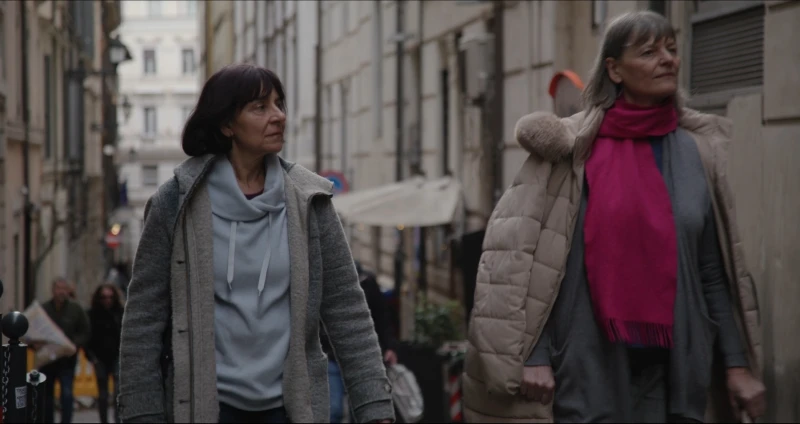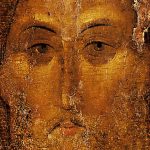
CNA Staff, Sep 20, 2025 / 07:00 am (CNA).
A documentary on Father Marko Rupnik’s alleged abuse of consecrated women, the personal fallout for two of his alleged victims, and what happened when the claims became public decades later premiered at the Toronto Film Festival earlier this month.
“Nuns vs. The Vatican” includes the detailed stories of Gloria Branciani, Mirjam Kovac, and Klara (identified only by her first name), three former members of the Loyola Community in Slovenia in the 1980s and early 1990s, when Rupnik, a co-founder of the community, is accused of having committed sexual, psychological, and spiritual abuse against dozens of women religious.
Through the stories of Branciani and Klara, the film, which premiered Sept. 6, argues that Rupnik’s alleged abuse was inextricably linked to his religious art. It also claims he was protected in the Catholic Church, in which he shot to stardom in the 1990s, and interviews experts who say the Vatican’s response has been inadequate.
Branciani was part of the Ignatius Loyola Community in Slovenia, which was co-founded by Rupnik in the 1980s. In the documentary, she recalls how Rupnik allegedly groomed and then sexually and psychologically abused her in the early ’90s and how the abuse was intricately connected with the creation of his art.
According to Branciani, her complaints about Rupnik went unanswered, she was punished by the community’s mother superior at the time, Ivanka Hosta, and forced out of religious life by Father Tomáš Špidlík, a Czech cardinal and Jesuit who died in 2010. Špidlík, who was close to Rupnik and the priest’s art and spirituality center in Rome, the Centro Aletti, allegedly wrote the resignation letter on her behalf.
In addition to testimony from the alleged victims and their lawyer, it includes the voices of journalists, psychologists, and other abuse experts, including Barbara Dorris, a former director of the Survivors Network of those Abused by Priests (SNAP), who was sexually abused by a priest between the ages of 6 and 13.
Dorris and Laura Sgrò, a lawyer for some of Rupnik’s alleged victims, are highly critical of the Church hierarchy’s response to clerical sexual abuse throughout the documentary.
No one from the Vatican participated in the documentary. The film said requests for comment from Rupnik and the former head of the Loyola Community, Hosta, were ignored.
Sarah Pearson, a spokesperson for SNAP, said in a statement to CNA that “SNAP is proud of the legacy of Barbara Dorris, a longtime leader and tireless advocate for the 1 in 3 nuns who experience sexual abuse by priests.”
Pearson continued: “The case of Jesuit priest Father Marko Rupnik illustrates this catastrophe with tragic clarity. Despite overwhelming reports of abuse, Rupnik was shielded for years — kept in ministry through the Vatican’s intervention under Pope Francis. Only after prolonged public outrage was he finally subjected to a canonical process.”
Italian Lorena Luciano directed the film. It was produced by Filippo Piscopo. “Law and Order: Special Victims Unit” star Mariska Hargitay is among the documentary’s executive producers.
A spokesperson for “Nuns vs. The Vatican” told CNA the documentary will continue to be shown at film festivals in North America, and they are working on getting a screening at the Vatican.
“We are also waiting to see whether Pope Leo will push for the ecclesiastical trial against Rupnik to happen in the fall,” a spokesperson for the production company added.
Earlier this year, the Vatican removed artwork by Rupnik from its official websites. Digital images of the Slovenian priest’s sacred art, which were frequently used by Vatican News to illustrate articles of the Church’s liturgical feast days, are no longer found on the digital news service.
The changes to the Vatican News and the Dicastery for Communication websites came soon after Pope Leo XIV met with members of the Pontifical Commission for the Protection of Minors on June 5.
If you value the news and views Catholic World Report provides, please consider donating to support our efforts. Your contribution will help us continue to make CWR available to all readers worldwide for free, without a subscription. Thank you for your generosity!
Click here for more information on donating to CWR. Click here to sign up for our newsletter.














